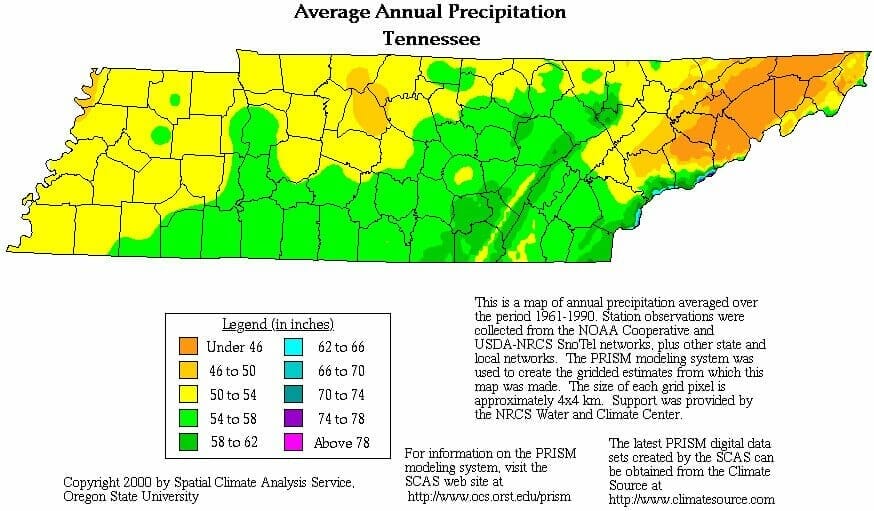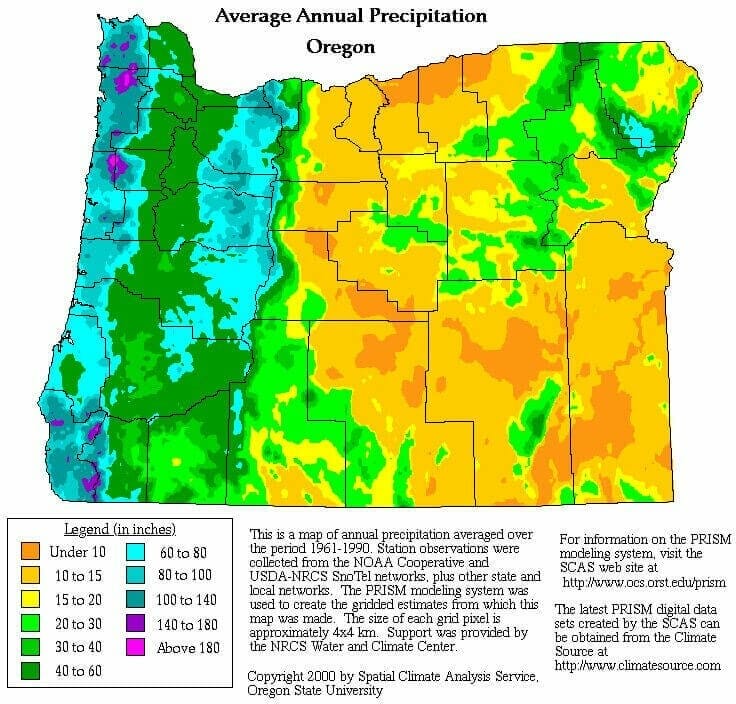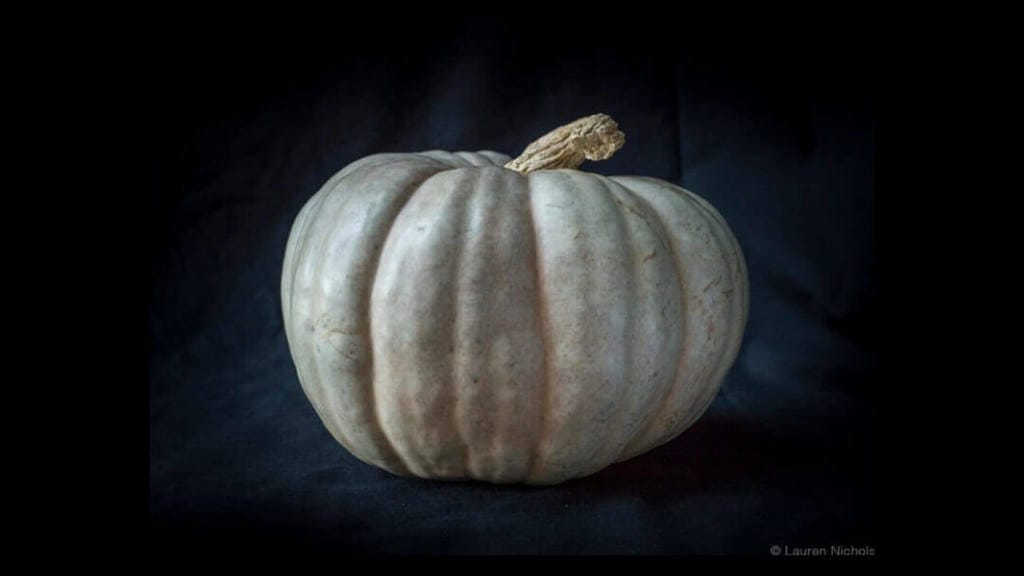Before I even think about building an off-the-grid home, I need to purchase some land.
In the post Where to Live, I discussed some of the attributes that a property must have before I’d purchase it and made a list of some States I thought would be good places to build an off-the-grid home.
One of the criteria important to me is temperature. I don’t want to live in a place that is colder than where I live now and preferably have milder winters and less snow.
Based on the temperature data presented in the previous post, I eliminated some states from my ideal list and pushed some up to the top of the list.
Below is the list of states, the states with the line through them are eliminated, the ones printed in black are unlikely, and those listed in green are still in the running.
- Tennessee
- Oregon
- Washington
- Idaho
- West Virginia
- North Carolina
- Arkansas
- Colorado
- Maine
- Vermont
- New York
- New Hampshire
- Kentucky
- Missouri
- Alaska
Water as in Precipitation
Water is life.
I want my land to be green, have flowing water, and not have to worry about the garden withering away. But I also don’t want to be in the rain every day.
Ideally, my home would be in a place that receives 35- to 45-inches of precipitation per year.
So I’ll use precipitation maps and see if I can eliminate more states from my list.
The Nation Weather Service has data and maps to help in the search.
To keep the post short, I’ll take a look at a couple of states at a time.
First up the precipitation in Tennessee and Oregon.
Average Tennessee Precipitation

Looking at the map, it looks like Tennessee receives its fair share of precipitation.
The more mountainous eastern region receives less than 46 inches, but I’m sure it isn’t much less than 40 inches and should provide me with enough rain to keep the garden wet and have perennial streams to keep a micro-hydro plant running.
The precipitation in Tennessee looks ideal in the eastern mountain section.
Oregon Precipitation
From what I’ve seen and read about Oregon, the land has a diverse climate. Rainfall, plant life, and temperatures vary quite a bit by location due to elevation and rain shadows caused by mountain ranges.
The precipitation map will tell me areas that are either too dry or too wet for my needs.

As you can see, many states can be eliminated due to lack of rainfall. However, I think I will still keep the state in the running for now because of a couple of reasons.
The western third of the state and a couple of counties in the northeastern region get plenty of precipitation. The second reason is that I’ve seen western Oregon; to me, it’s beautiful.
I’m not sure how strict local governments are on construction practices, water usage, or taxes, but that will be for future research.
For now, even though I consider most of the state too dry, it stays in the running.
Tennessee & Oregon Precipitation – Too Much or Not Enough?
Both states have areas that look like good candidates for an off-the-grid home based on the criteria I’ve researched so far, temperature and precipitation.
I need to research both states before I start looking for viable land.
But for now, Tennessee and Oregon are in the running as places to build an off-the-grid homestead.
Let Me Know – Leave a Comment
Do you live in either of these states? If so, email me at [email protected] and let me know if you have any leads or advice.
Please share this post with your friends on social media. Use the image below on your boards if you have a Pinterest account.



